Create a Language-Rich Environment Through Daily Conversations
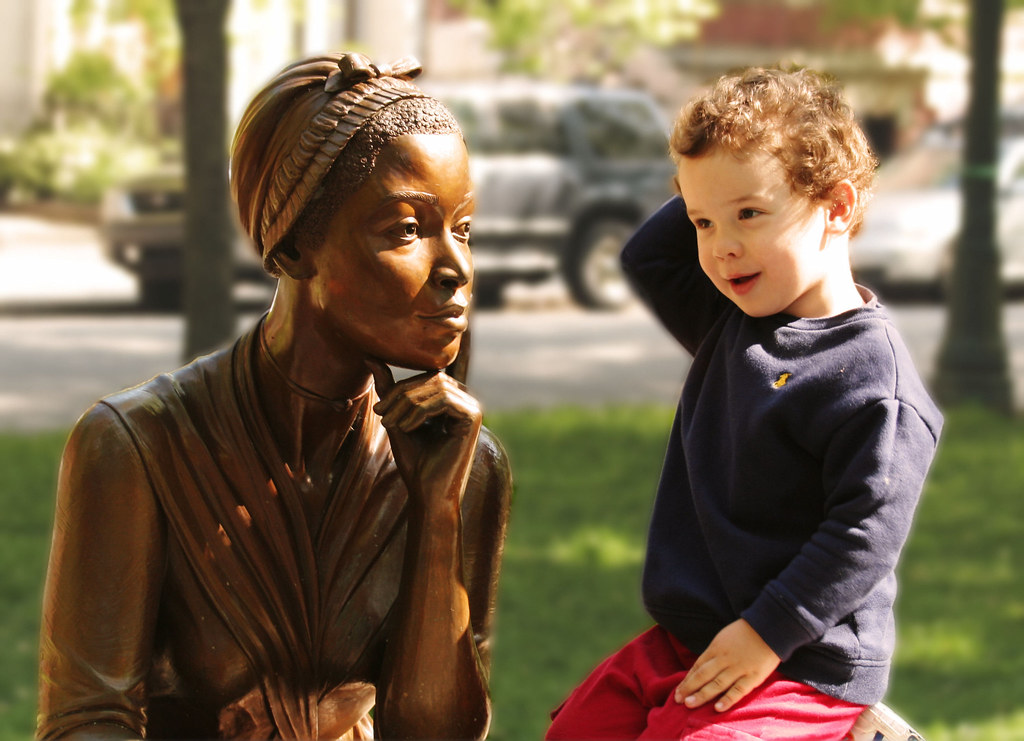
Did you know that an 18% rise in children and young people with Speech, Language and Communication Needs was reported in the UK between 2023 and 2024? This striking statistic highlights the importance of early intervention at home. Creating a language-rich environment is one of the most effective ways to support your child’s speech development.
The key is to narrate your daily activities as you go about your routine. Frequent conversations about everyday activities—from cooking to shopping—can enhance vocabulary. When you’re preparing breakfast, describe what you’re doing: “I’m cracking the eggs into the bowl” or “The toast is golden brown.” These simple descriptions provide constant exposure to new words and sentence structures.
Remember to encourage questions and respond enthusiastically to your child’s attempts to communicate. Even if their pronunciation isn’t perfect, celebrate their effort. This positive reinforcement builds confidence and motivates them to keep trying.
Harness the Power of Music for Speech Development

The impact of music on early speech development is significant as music and language share similarities in structure, rhythm, tone, and pitch. Research shows that these common elements allow the brain to process speech and music using parallel neural pathways. When young children participate in music-based learning, these neural pathways are strengthened, effectively supporting and improving language learning.
Music therapy has shown remarkable results in clinical settings. Children benefit specifically in the areas of forming relationships and enhancing their communication skills. Parents, speech therapists, and teachers reported that the children started to communicate more frequently and started to have more social contacts. You don’t need formal training to incorporate music into your daily routine.
Try singing nursery rhymes during car rides or while doing household chores. Children are naturally drawn to music, as it is fun, engaging, appealing to many different ages, and doesn’t require any tools, materials, or equipment. Even simple songs like “Twinkle, Twinkle, Little Star” help children understand rhythm and develop phonological awareness.
Make Reading Time Interactive and Engaging

Reading together creates powerful opportunities for language development, but the key is making it interactive rather than passive. Choose age-appropriate books with vibrant pictures, as it fosters their imagination while exposing them to new words. Don’t just read the words—engage with the story by asking questions about what you see on each page.
Point to objects in the illustrations and name them, encouraging your child to repeat after you. Ask simple questions like “What color is the dog?” or “Where is the ball?” This type of interaction helps build vocabulary and comprehension skills simultaneously.
Make different voices for characters in the story. This not only makes reading more entertaining but also demonstrates how tone and inflection can change meaning. Singing nursery rhymes or playful songs further aids in building rhythm and vocabulary. Encourage your child to sing along or act out parts of stories, promoting both verbal skills and confidence.
Use Storytelling to Expand Vocabulary Naturally

Storytelling is a potent tool for enriching vocabulary, as it introduces new words in a meaningful context, fostering language development. This activity provides a language boost that significantly impacts a child’s capacity to articulate thoughts, ideas, and emotions. Creating stories together doesn’t require any special skills—just imagination and willingness to be silly.
Start with simple stories about everyday experiences. “Once upon a time, there was a little boy who loved pancakes…” Then encourage your child to add details: “What did the pancakes look like? What happened next?” This back-and-forth storytelling builds narrative skills and creativity.
By exposing toddlers to new words in the context of a story, they are more likely to understand and remember them. This expansion of vocabulary is a fundamental aspect of language development. You can even create stories about your child’s toys or pets, making the experience more personal and engaging.
Incorporate Rhyming Games and Activities
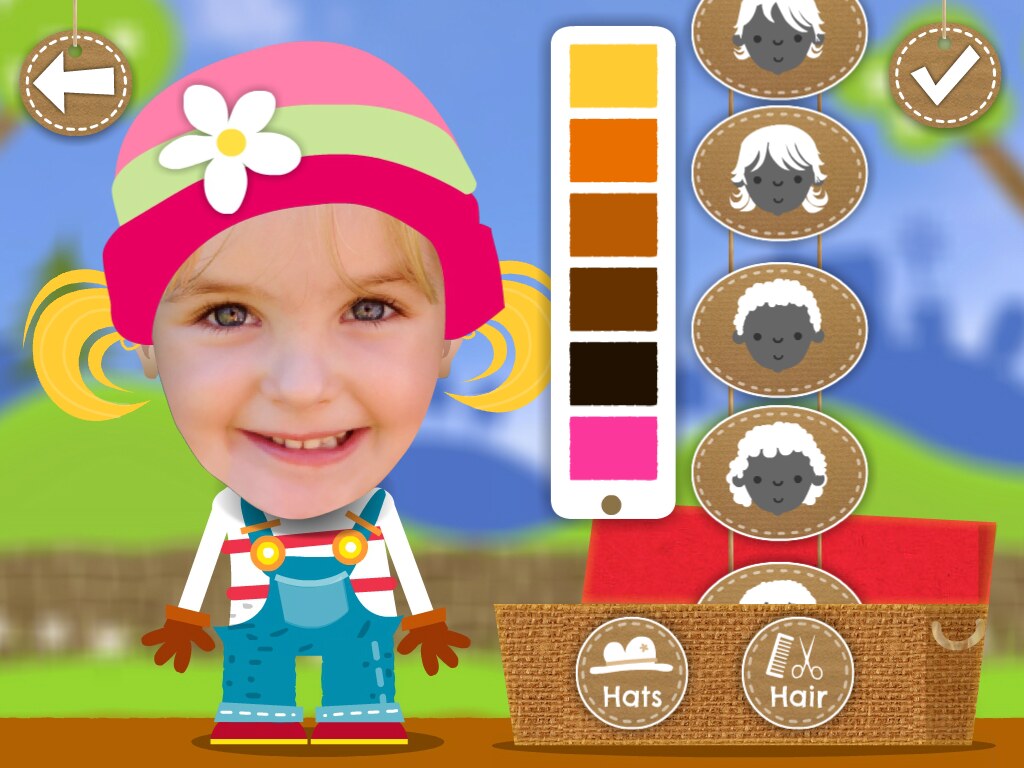
Fun rhyming activities strengthen phonemic awareness in toddlers and serve as an essential tool for speech development. They enable toddlers to recognize and form rhyming words, thus enriching their language skills. Rhyming games are particularly effective because they’re naturally fun and don’t feel like formal learning.
Start with simple rhyming pairs like “cat” and “hat” or “ball” and “wall.” The repetitive chanting, reading, writing, or hearing of rhymes promotes good listening skills and memory retention, aside from developing speech. You can make up silly rhymes about things you see around the house or during walks.
By singing nursery rhymes and engaging in rhyming games, learning becomes an enjoyable and interactive process. Participating in rhyming activities with your toddlers can lead to a noticeable enhancement in their vocabulary, a substantial increase in their cognitive development, and improved memory retention. Try making up rhymes about bath time, mealtime, or bedtime to make routines more engaging.
Engage in Pretend Play and Role-Playing
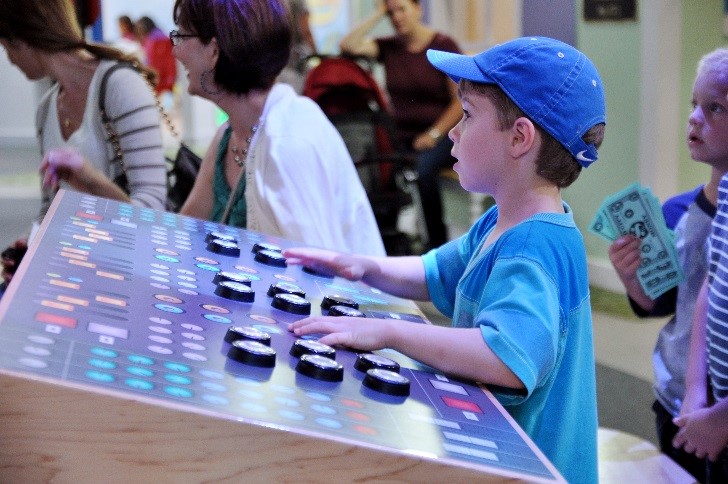
Pretend play is a wonderful way to help children learn about social interactions and expand their language abilities. Setting up a pretend kitchen, doctor’s office, or grocery store creates natural opportunities for conversation and vocabulary building. These scenarios encourage children to use new words and practice social communication skills.
During pretend play, take turns being different characters. If you’re playing “restaurant,” let your child be the server while you’re the customer. This role reversal helps them practice different types of communication and understand various perspectives.
Don’t worry about having expensive toys—cardboard boxes, old clothes, and household items work just as well. The key is to follow your child’s lead and expand on their ideas. If they pretend to cook, you can ask questions like “What are you making?” or “How does it taste?” This encourages them to use descriptive language and express their thoughts.
Practice Turn-Taking Through Simple Games

Simple games like peek-a-boo or hide-and-seek can amplify verbal interaction. Adding movements helps reinforce language skills; for instance, while playing, you can describe actions, like “Jump up!” or “Clap your hands!” Turn-taking games are fundamental for developing conversation skills.
Board games designed for young children, building blocks, or even simple activities like rolling a ball back and forth teach important communication rules. Children learn to wait for their turn, listen to others, and respond appropriately—skills that are essential for successful conversations.
Using gestures alongside words can solidify understanding. When playing these games, combine words with actions. This multi-sensory approach helps children understand and remember new vocabulary more effectively. Games also provide natural opportunities for practicing social phrases like “your turn,” “my turn,” and “good job!”
Limit Screen Time and Background Noise
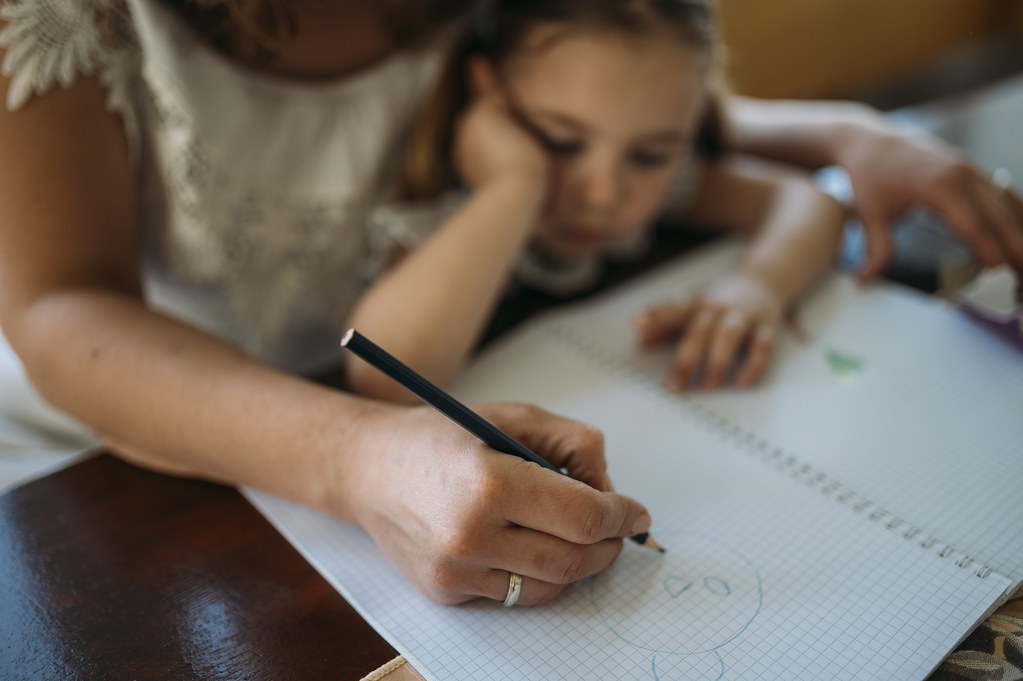
While technology can be educational, creating the right environment for speech development is crucial. Limit background noise from screens to make conversations clearer and more engaging. Constant background noise from television or devices can interfere with a child’s ability to distinguish speech sounds and focus on conversations.
When you do use screens, make them interactive experiences rather than passive viewing. Watch educational programs together and talk about what you’re seeing. Ask questions about the characters and storylines to keep the experience engaging and educational.
The first 3 years of life, when the brain is developing and maturing, is the most intensive period for acquiring speech and language skills. These skills develop best in a world that is rich with sounds, sights, and consistent exposure to the speech and language of others. Creating quiet spaces for conversation and play helps children focus on developing these critical skills.
Use Everyday Objects as Learning Tools
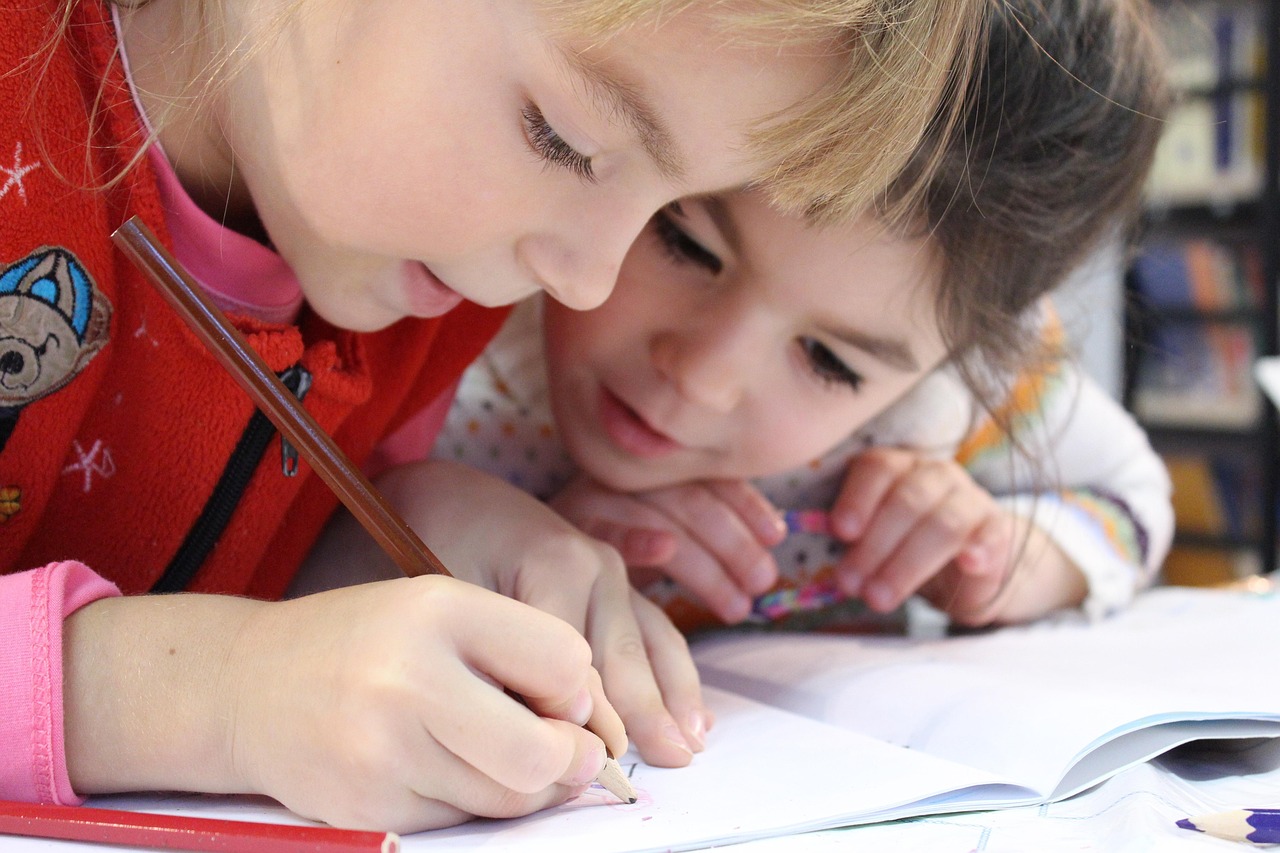
Labeling objects around the home helps reinforce vocabulary in a natural, context-rich way. You don’t need expensive educational toys—kitchen utensils, bathroom items, and clothing all provide excellent opportunities for vocabulary building. While getting dressed, name each piece of clothing and describe its characteristics: “This is a soft, blue shirt.”
Create simple games with household items. Hide small objects in a box and have your child reach in and guess what they’re feeling. This activity builds tactile awareness while expanding vocabulary related to textures, shapes, and sizes.
You don’t need specialized tools or programs to support your child’s speech and language development at home. Simple activities like these, centered around play and conversation, provide excellent opportunities for kids to learn language in an engaging and meaningful way. The key is to be creative and see learning opportunities in everyday situations.
Model Correct Speech Without Overcorrecting
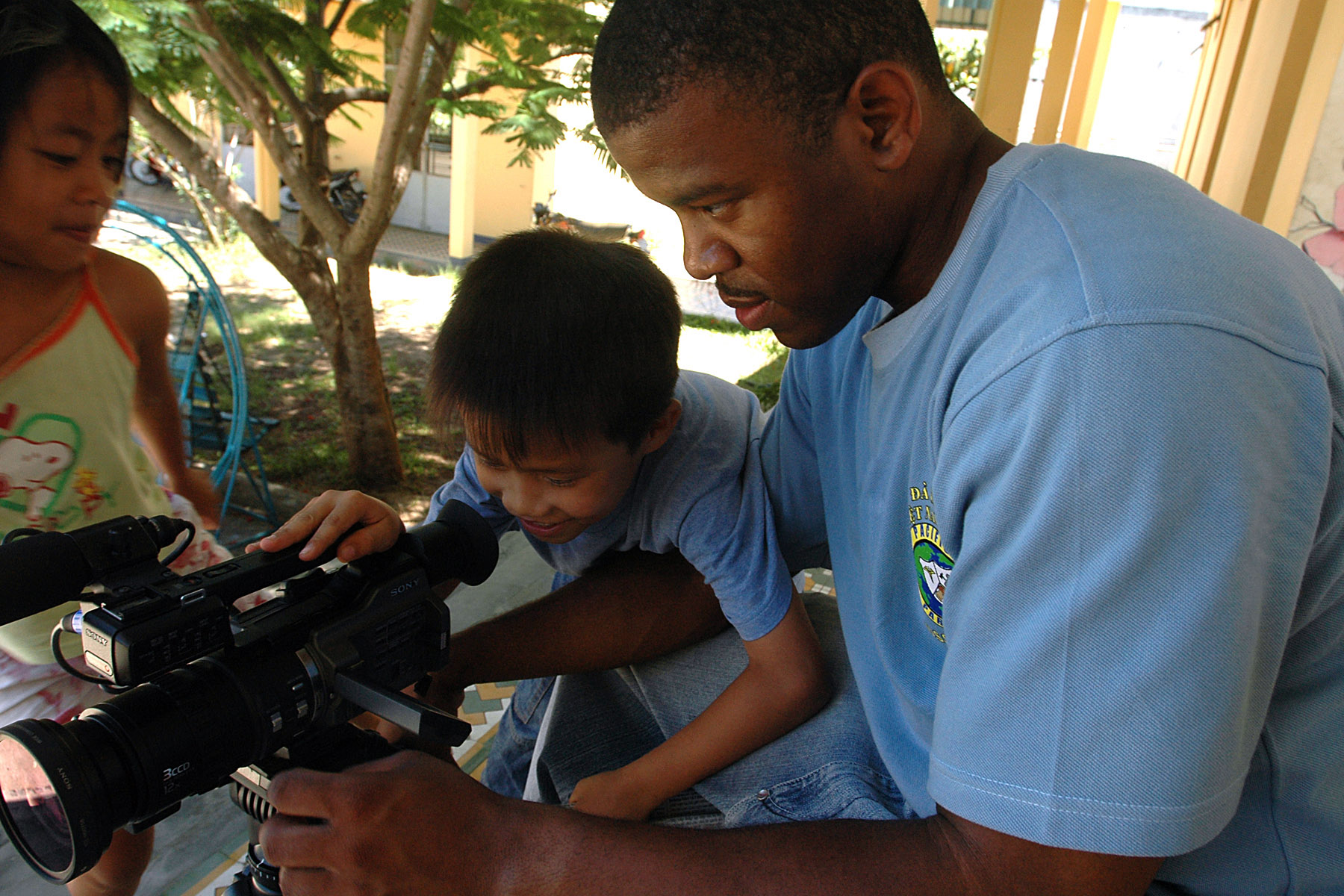
When your child mispronounces words or uses incorrect grammar, resist the urge to constantly correct them. Instead, model the correct form naturally in your response. When your child says “I goed so fast!” instead of saying, “That’s not how you say it”, you can opt to say, “Yes, you went so fast!” This approach provides the correct model without making the child feel self-conscious.
Pause to explain a word’s meaning or point out similar-sounding words like “pair” and “pear” to expand vocabulary naturally. These teachable moments occur throughout the day and are more effective than formal correction sessions.
Remember that each child develops at their own pace, but there are general milestones to guide and support their journey into communication. Focus on celebrating progress rather than perfection. Your patience and encouragement create a safe environment where children feel comfortable taking risks with language.

